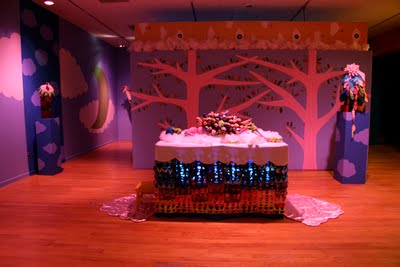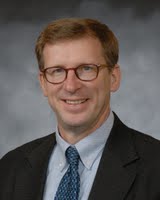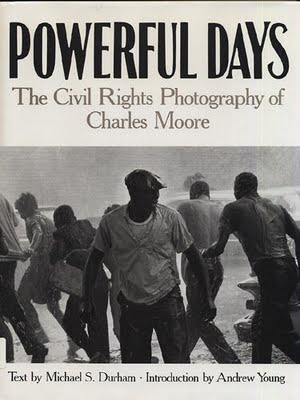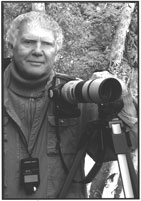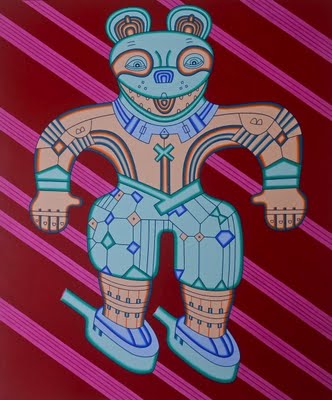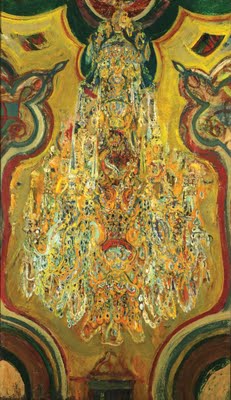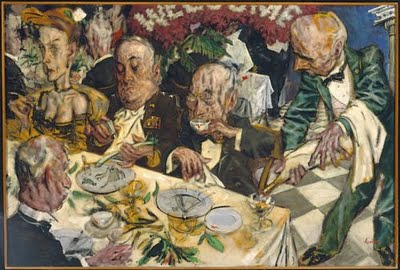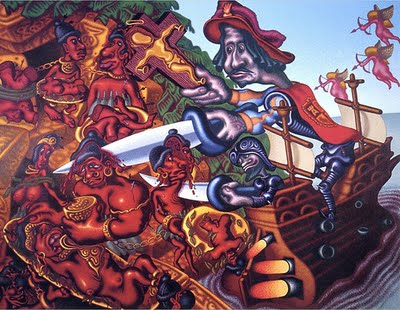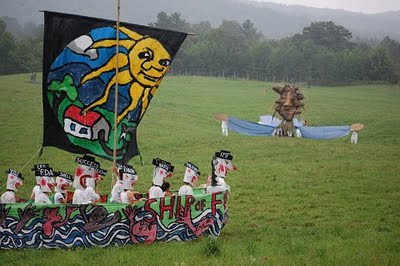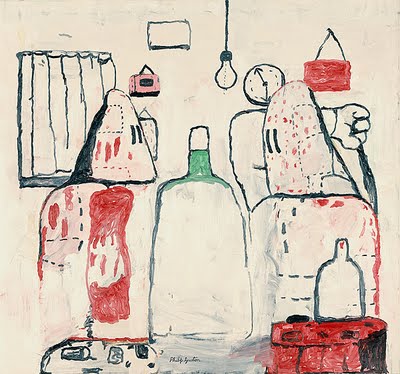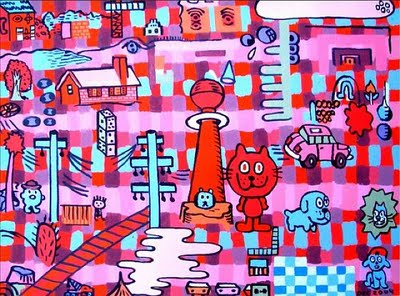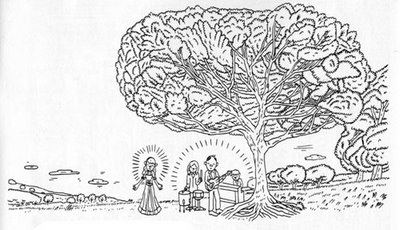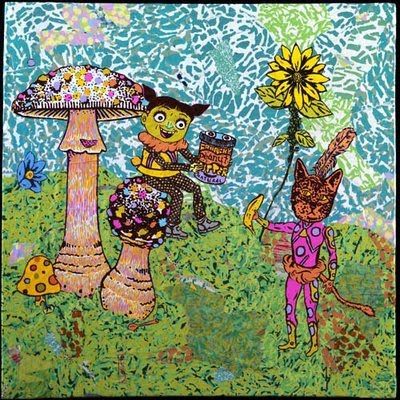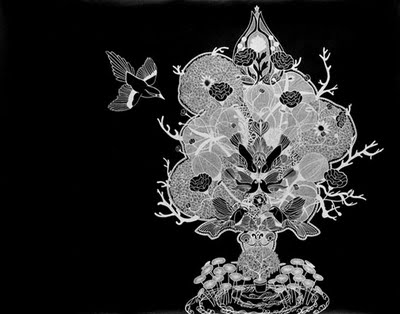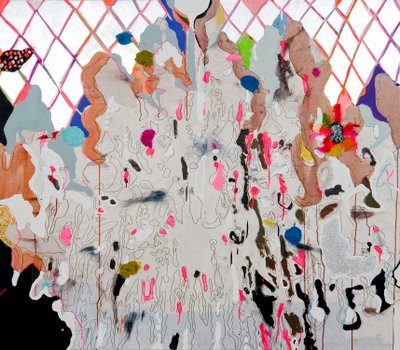Boston Expressionism to Lowbrow
Greg Cook speaks at Danforth Sunday
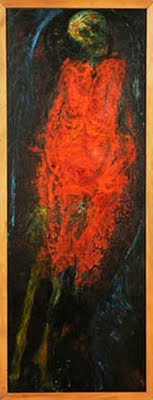 Greg Cook, the editor of The New England Journal of Aesthetic Research, gives at talk entitled "Alternate Reality: From Boston Expressionism to Lowbrow" at 3 p.m. Sunday, March 21, at the Danforth Museum of Art, 123 Union Ave., Framingham, Massachusetts. And you are invited. NOTE: You must pay museum admission ($10, students and seniors $8) to get into the talk. More details (and pictures) here.
Greg Cook, the editor of The New England Journal of Aesthetic Research, gives at talk entitled "Alternate Reality: From Boston Expressionism to Lowbrow" at 3 p.m. Sunday, March 21, at the Danforth Museum of Art, 123 Union Ave., Framingham, Massachusetts. And you are invited. NOTE: You must pay museum admission ($10, students and seniors $8) to get into the talk. More details (and pictures) here.
Pictured: Hyman Bloom, "Skeleton in Red Dress," c. 1942-45, Promised gift of Drs. Francene and G. Timothy Orrok to the Danforth Museum.
 Greg Cook, the editor of The New England Journal of Aesthetic Research, gives at talk entitled "Alternate Reality: From Boston Expressionism to Lowbrow" at 3 p.m. Sunday, March 21, at the Danforth Museum of Art, 123 Union Ave., Framingham, Massachusetts. And you are invited. NOTE: You must pay museum admission ($10, students and seniors $8) to get into the talk. More details (and pictures) here.
Greg Cook, the editor of The New England Journal of Aesthetic Research, gives at talk entitled "Alternate Reality: From Boston Expressionism to Lowbrow" at 3 p.m. Sunday, March 21, at the Danforth Museum of Art, 123 Union Ave., Framingham, Massachusetts. And you are invited. NOTE: You must pay museum admission ($10, students and seniors $8) to get into the talk. More details (and pictures) here.Pictured: Hyman Bloom, "Skeleton in Red Dress," c. 1942-45, Promised gift of Drs. Francene and G. Timothy Orrok to the Danforth Museum.





